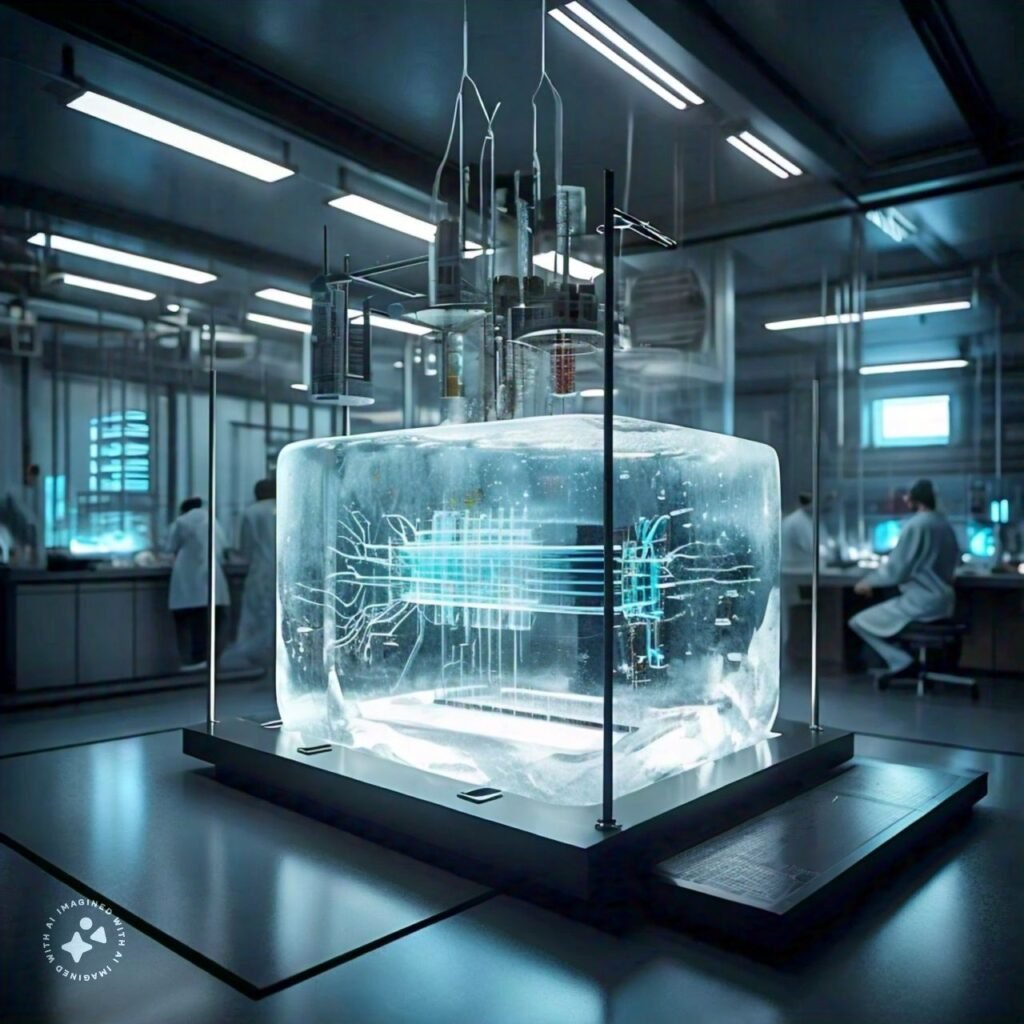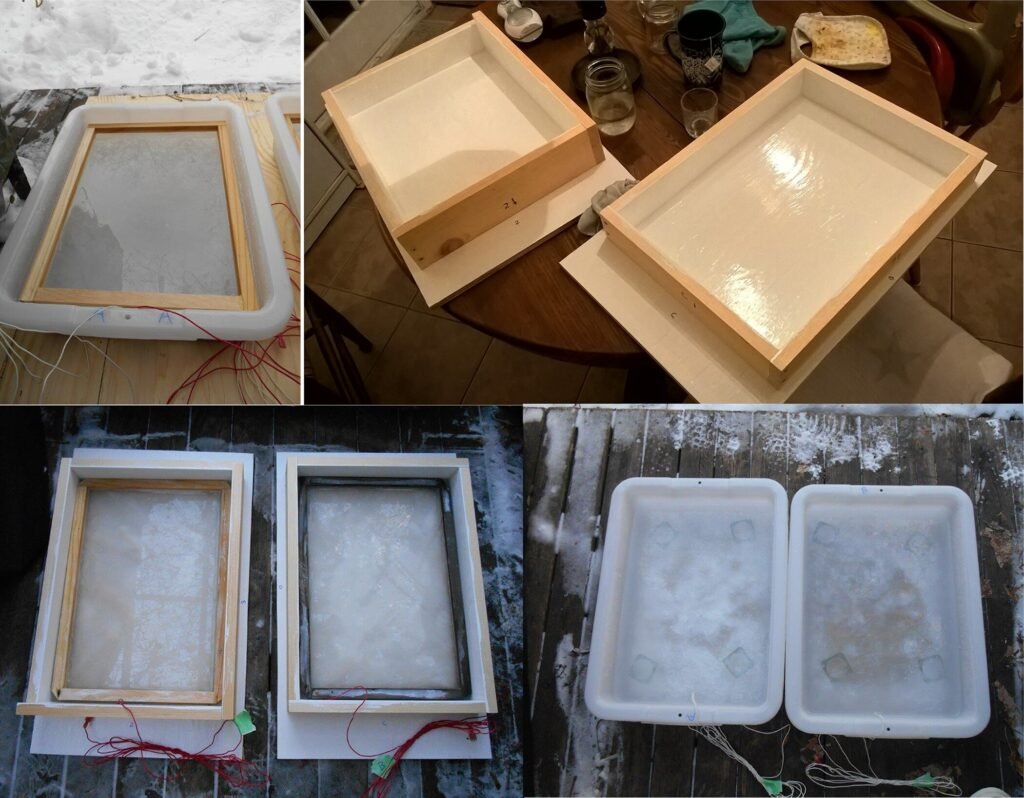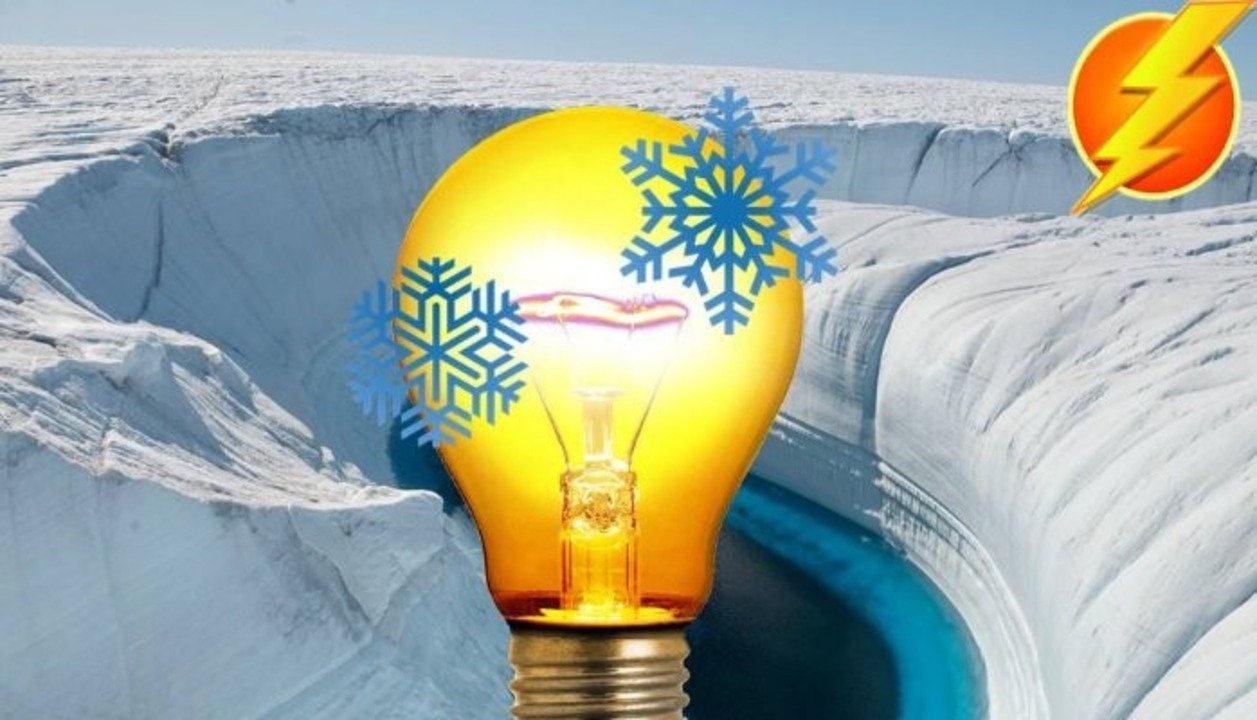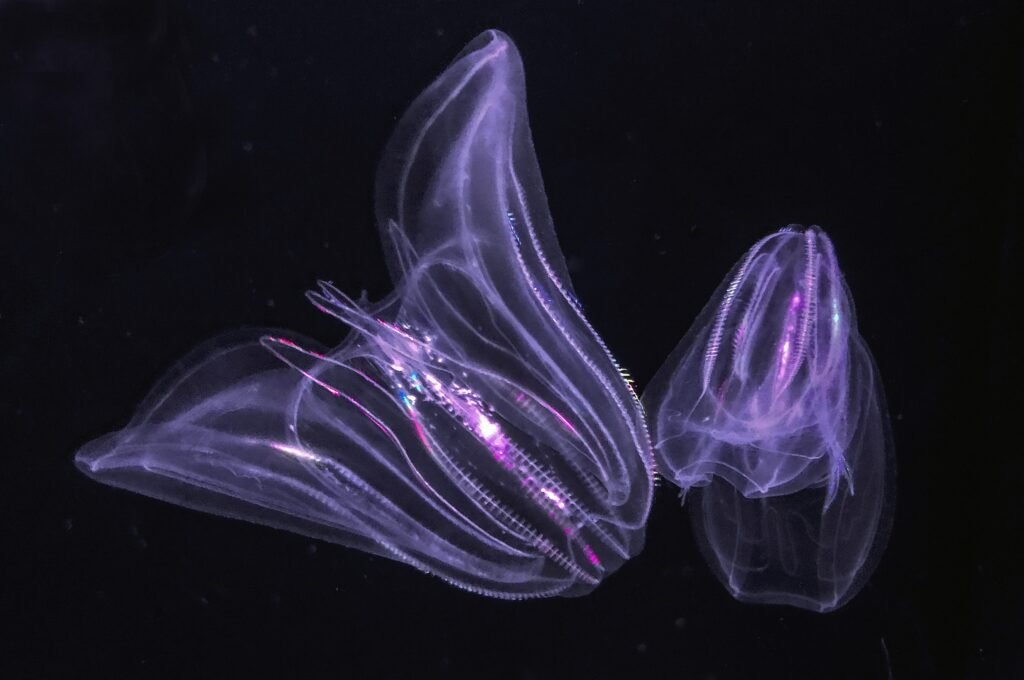Researchers can produce electricity from ice, new study shows
Researchers from the United States and Canada revealed they can produce electricity from ice and snow friction due to electric charges. They made electrical batteries from ice by creating electrochemical cells, capable of producing electricity.
Dr. Daniel Heiman and Matthew Retallack explained electricity production from ice-based batteries. Daniel said he thought there was mutual respect and love of research for the electricity generation from ice.

Matthew and Daniel said their ice-based electricity model combines a few additions with acid to produce a pH difference between two layers of ice.
Since protons (positively charged particles) are the most mobile charge carriers in ice, it makes sense to consider that the pH difference causes protons to move from one layer of ice to the next. Hence, batteries produce electricity by the movement of these charged particles.
In this method, muriatic acid (HCI), table salt, kaolinite clay, and monopotassium phosphate help eject or receive charged particles. Moreover, researchers used electrodes made of aluminum sheets and a mesh screen. All these materials used in this method are widely safe and readily available.
Electrode is a solid electrical conductor that carries electric current (charges) into non-metallic solids, liquids, or gases. However, researchers can produce only a little electricity of 0.1 milliwatts using this ice-related method.

Click here to read the updates on scientists growing diamonds in just 150 minutes using a new method
Although this experimental study can lead to a wider horizon to generate large-scale electricity from ice-based batteries. This research experiment also proved beneficial in terms of environmental safety compared to conventional electric batteries.
Conventional batteries are usually Lithium-ion batteries that contain metals such as cobalt, nickel, and manganese. They are toxic and can contaminate water supplies and ecosystems.
However, researcher Dr. Daniel teaches environmental studies as a visiting assistant professor at Wofford College in Spartanburg, South Carolina. Dr. Mathew Retallack conducts experiments at Carleton University, Toronto.
Read More:
- Sea creature turns into a baby when it is stressed out showing time travel
- Realme Narzo 70 Turbo 5G launch date, features, specifications & price
- European Space Agency printed 3D metal part in space for first time
- Earth’s mysterious Alaska triangle where over 20,000 people disappeared
- Philips Hue launched a new smart lighting solution for kitchen
- NASA to launch life-searching spacecraft to Jupiter’s moon Europa
Share this content:










Post Comment